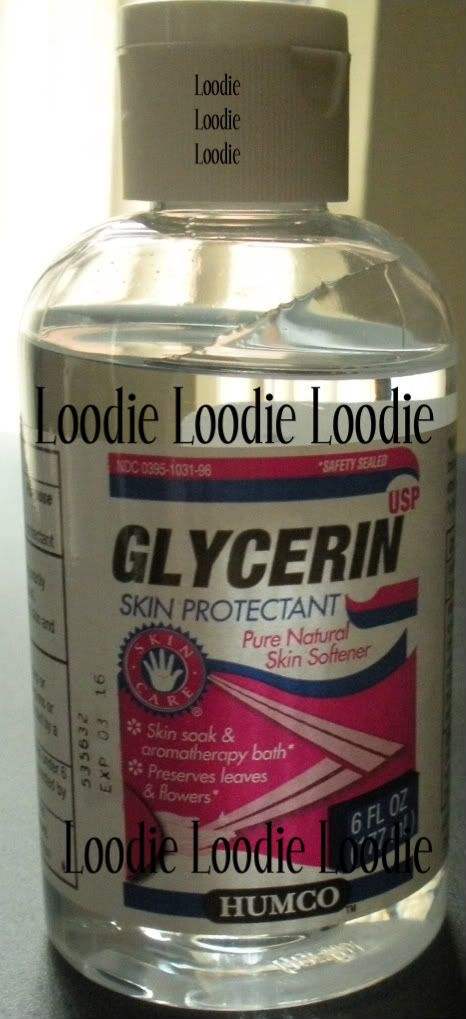One of the most effective solvents for nail polish removal is ACETONE. I have previously described acetones’ positive attributes (regarding efficiency and safety) in this
post. However, if you change your nail polish often or soak off polish, acetone can eventually dry out skin. Umm can we just look at this picture … redonk!
This is a picture from the
Nail Fix Series. I use Shellac (or other gel nail polishes) for nail breaks and after removal my hands look like they have been mummified, lol.
So what are some options for us? How about a moisturizing nail polish remover?
Everyone LOVES
Zoya Remove +, am I right? In particular
Rachel Marie ;) I will have to agree with the fact that it is a great remover. Not only is it effective, but it is very moisturizing and great for the nails and cuticles.
However, the smell and price seriously disturb me. For non-licensed people, Zoya Remove is $10 per 8oz ($25 per 32 oz.). Let’s take a look at the ingredient list:
Zoya Remove + ingredients are:
2-propanone, water, glycerin, fragrance, violet 2
In layman’s terms, the Zoya Remove + ingredients are:
Acetone, water (surprised they didn’t use aqua or something fancier lol), glycerin, stink, unnecessary dye.
Considering I buy acetone for $5 per 32 oz. at the local nail supply store this is crazy!! F U unnecessarily expensive products! Guess what? We can make our own moisturizing remover for way cheaper! :D
There is a lot of talk on the
MUA nail boards on this topic, so you may already know that the basic recipe for moisturizing polish remover is … Acetone + Glycerin, however I have something science-y to add to this recipe with lots of pictures!
An inherent physical property of Glycerin is that it is ONLY PARTIALLY soluble in acetone. This is why the recipe often quoted on the nail boards is accurate and will work, BUT there is a slight problem. If you put an excess of glycerin in acetone at some point they will NOT (and simply CANNOT) mix any further. If anything you will see two separate solutions, similar to oil and water (or another visual ... yummy salad dressing - oil and vinegar :D) … here is an actual picture of glycerin in acetone.
As a side note: Glycerin is more dense than Acetone so it sinks to the bottom. Haha, I just tricked you into learning something, yay!
Now, if you have the right proportions you can get them to mix completely.
I tried to mix it well, but darn it I added too much glycerin from the start for it to mix in a miscible manner.
So how do we fix this problem? With science of course! :)
Another inherent physical property of Glycerin is that it is completely miscible in water! It will mix in any proportions of water and never separate. Furthermore, Acetone is miscible in water. So the beautiful thing is that we can jam more glycerin in acetone by adding a small bit of water! Water helps to keep the glycerin that can no longer mix with acetone in solution.
Add a splash of water and mix well!
As you begin to mix, the solution will initially be hazy.
COOL DUDE!
Want to see a video of this? click
hereHere is the resulting solution after adding water to a solution containing excess glycerin in acetone and thoroughly mixing.
Hellz yes! Cheap reproduction of Zoya Remove.
You can find glycerin in your local pharmacy. I had problems, my eyeballs kept glazing right past it, but the pharmacist helped me find it immediately.
This one was about $7 per 6oz.
The recipe:
As a guideline only, I would say 1-2 tablespoons of glycerin per 200mL of acetone.
Then add small splashes of water until the solution is mixed completely.
However, you can play around with different amounts glycerin and adjust to your personal preference. You should adjust the water amounts to your glycerin levels of choice. Only add as much water as necessary to incorporate the glycerin because it weakens the effectiveness of the acetone.
Caution:
Although I showed you the process in a glass, that was just so that you could see the different layers. You should do your mixing in the acetone bottle. It's much easier and safer to mix with a cap on. Watch your eyes and try not to get acetone in them, because I almost did. After you mix it well in the bottle, you might want to loosen the cap to release any built up pressure, then close it back up for storage purposes.
Another thought:
In my
initial post about acetone, I mentioned that glycerin may interfere with polish adhesion. From personal experience, I can't say this is necessarily true, at least not as true as it is for oils and waxes. So, I kinda retract this statement, but would love your opinion or experience on the topic!
Short Video Version


















































